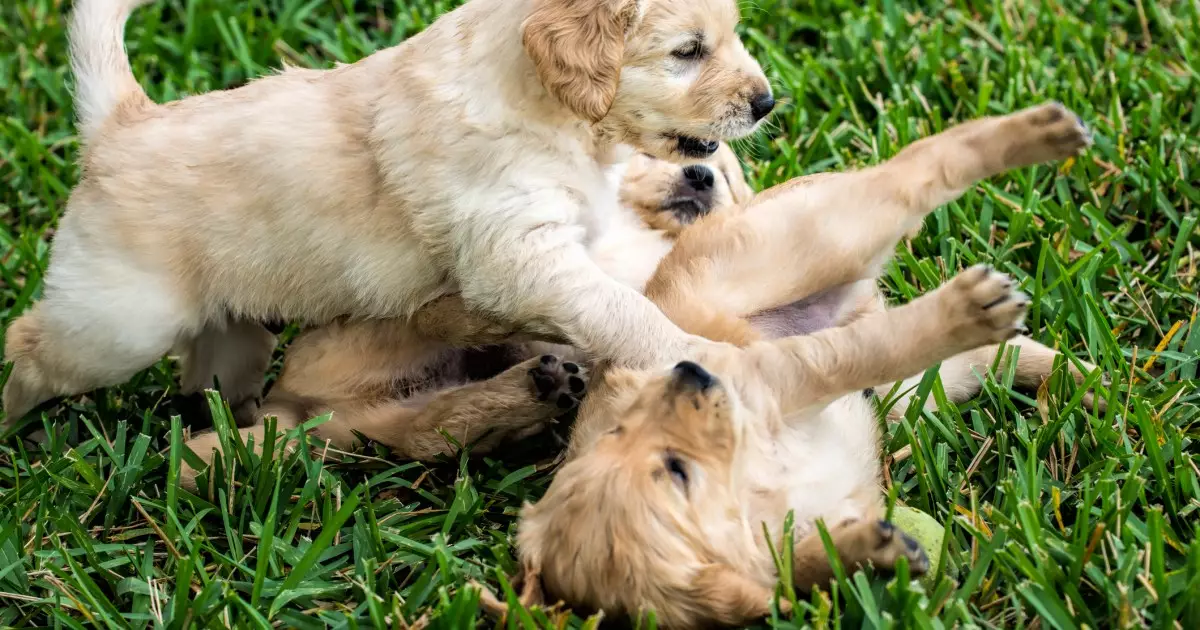Dog behavior is a complex tapestry woven with social interactions, instincts, and learned habits. As a devoted dog owner, it is imperative to grasp the nuances that differentiate innocent play from aggressive fighting, particularly when observing lively canines in action. While excited pups may engage in behaviors that appear similar at first glance, discerning these actions can ensure the safety and well-being of all involved.
Dogs are inherently social animals. Their groundwork in socialization begins early in life, where puppy play becomes essential in building relationships and dissipating energy. Through interaction with both humans and other dogs, they explore boundaries, learn communication skills, and establish their status within the pack. When dogs play, they often exhibit behaviors such as chasing, mounting, and play-biting, all of which can inadvertently resemble aggression. However, understanding the underlying motivations for these actions can clarify whether a dog is truly fighting or simply exercising its playful instincts.
Similarities in Behaviors: What to Watch For
At a surface level, both play and aggression can manifest through similar behaviors, which can easily bewilder even the most observant dog owner. Activities such as jumping, grabbing, and vocalizing are prevalent in both scenarios. Additionally, the panting, growling, and play-barking that occur during playtime can raise alarm bells and lead to misinterpretations of what’s transpiring. This overlap in behavior can sometimes lead to confusion; hence, careful attention to the context and the dogs’ body language is crucial.
One hallmark feature that distinguishes play from aggression is the concept of self-handicapping. During play, a dog may intentionally adopt a vulnerable position, such as lying on its back, which is a clear indication of trust and a non-threatening stance. This behavior not only highlights the playful nature of the interaction but serves to encourage cooperative play, emphasizing mutual enjoyment rather than competition or dominance.
Effective communication is vital in canine interactions, and it manifests through various play signals. The play bow, where a dog lowers its forelegs while keeping its hindquarters high, is one of the clearest indicators that a dog is inviting play. This posture signals a friendly intent and helps set the stage for further playful behavior. It is often coupled with other behaviors, like wagging tails and relaxed facial expressions, known as the “play face.” This expression, characterized by an open mouth that looks like a smile, is a genuine sign of enjoyment and serves to alleviate tension that might arise from rough-and-tumble antics.
Moreover, research suggests that successful play interactions typically include varying degrees of role reversal, where both dogs alternate between being the chaser and the chased. This reciprocal engagement not only fosters bonding but also enhances their ability to read each other’s signals during play.
An understanding of the distinction between aggression and play is essential for the welfare of your dog. Responsible pet owners should cultivate a keen observational eye for cues that indicate a shift in behavior. If the tone of play becomes too intense, with one dog demonstrating signs of stress or disinterest, it may be prudent to intervene and redirect their focus to prevent escalation.
In fostering an environment where dogs feel safe to express themselves, caregivers can cultivate a healthy space for play. Knowing when to step in and redirect activities involves reading body language, vocalizations, and the overall context of the interaction. Additionally, socialization exposure in controlled environments can enhance your dog’s ability to engage well with others, further decreasing the likelihood of misunderstandings.
While dog play can often mirror aggressive behavior, a nuanced understanding of the underlying signals can make all the difference. By being attentive to the intricate cues and signals during interactions, dog owners can promote positive social experiences for their canine companions, ensuring both safety and enjoyment in their playtime endeavors.

